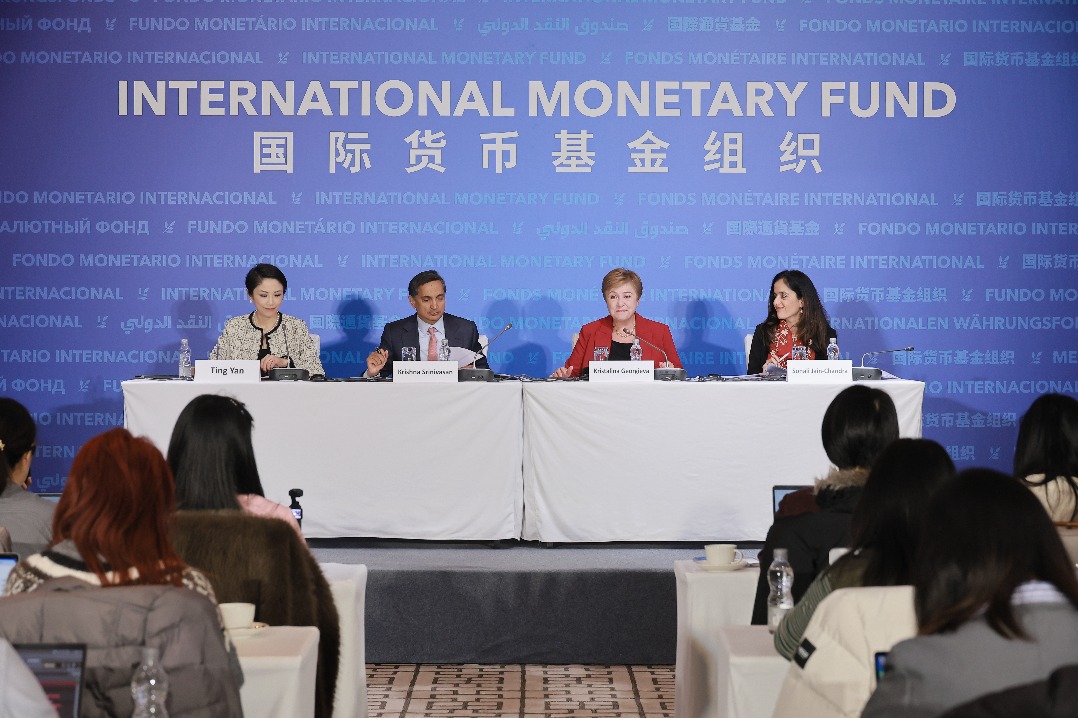COVID-19 has also created a comorbidity crisis


Growing evidence shows that COVID-19 survivors can suffer from long-term health effects, not least heart-related complications. According to new research published in the Journal of the American Medical Association, many people who recover from novel coronavirus infection have heart inflammation (myocarditis). Of the 100 survivors in the study, 78 had evidence of previous heart inflammation, and 60 showed ongoing inflammation at the time of observation.
This medical complication should worry us all. As of Aug 25, there were more than 23 million infection cases, 16 million recoveries, and more than 800,000 deaths globally. Using the JAMA study as a benchmark, we could conjecture that around 10 million of those survivors have heart inflammation, implying a massive increase in the burden of non-communicable diseases (NCDs).
NCDs were already killing far too many people before the COVID-19 pandemic. In 2016, 54 percent of the 56.9 million deaths were due to at least one of the 10 leading causes of deaths, starting with ischemic heart disease (the narrowing of blood vessels) and then stroke-both of which are NCDs of the heart.
Myocarditis is a serious condition with life-threatening consequences. When the heart is inflamed, its ability to pump blood is reduced, and it may beat irregularly. In either case, the supply of blood reaching other parts of the body is reduced, raising the likelihood of stroke and other conditions. Also, several NCDs are themselves risk factors for COVID-19. According to the World Health Organization, the elderly and people with pre-existing medical conditions such as asthma, diabetes, obesity, cancer, sickle cell disease, and coronary artery disease appear to be more prone to severe illness as a result of the virus.
Obesity is a major public health problem globally, and tends to increase the risk for many other NCDs. Based on 2016 estimates, in 140 of 192 countries, at least 10 percent of the population is considered obese (compared to 36 percent in the United States, 28 percent in South Africa and the United Kingdom, 22 percent in France, 20 percent in Italy, and 9 percent in Nigeria). These obesity statistics may be a factor in the relative severity of COVID-19 across countries, helping to explain why some high-income countries have higher COVID morbidity rates than low-and middle-income countries.
The interplay between the leading NCDs and COVID-19 constitutes its own health emergency, and requires urgent attention. First, there needs to be an even greater focus on preventing community transmission in higher-risk populations. As the JAMA study shows, reducing the number of COVID-19 cases will also reduce the number of people with myocarditis after the pandemic has been contained.
Governments and their partners in civil society must step up their efforts to prevent the virus from spreading in the first place. Public health officials and media outlets should continue to emphasize the importance of wearing face masks, washing hands frequently with soap and running water, using hand sanitizer in the absence of clean water, and practicing social distancing of at least 6 feet (2 meters) in public. If everyone were to adopt these practices, the number of new COVID-19 cases would likely fall dramatically, as would the number of people facing heart complications in the near future.
Furthermore, public health authorities need to start devising interventions to provide lifelong cardiovascular support to COVID-19 survivors. Given the new data on heart-related complications, the broader pandemic response must include provisions for continuing care. Although such interventions may require the reallocation or reprioritization of existing resources, they would almost certainly be cost-effective when weighed against the costs of not addressing the additional NCD burden.
In fact, greater attention should be focused on reducing the impact of NCDs more generally. The UK's experience offers lessons here. In 2018, the Scottish Shetlands authorized doctors to prescribe interactions with nature (hiking, bird watching, and so forth) as a means of preventing and managing NCDs. Similarly, the British government has pushed physicians to prescribe cycling as a way to address obesity. And through its Better Health Campaign, public service announcements encouraging weight loss, healthier eating, and physical activity will be running on television, radio, social media, and other channels. All countries with high rates of obesity should be considering similar programs.
Finally, the latest science points to the need for better geriatric care. The elderly are at increased risk of both NCDs and more severe complications from COVID-19. An analysis in July by the Kaiser Family Foundation shows that 80 percent of those who had died of COVID-19 in the US up to that point were aged 65 or above. Applying that rate to the US death toll as of Aug 21, it follows that about 139,500 of the 174,442 deceased have been the elderly.
Moreover, more than 3 million Americans have recovered from the virus, and among them are elderly survivors and other high-risk individuals who will need additional care, including home services. In Nigeria, the health-tech platform GeroCare provides affordable care to the elderly in the comfort of their homes through regular doctor visits. Its least expensive plan offers three home visits per month for $50.
This approach to care needs to be scaled up significantly. The more we can reduce the heart-related and other complications of COVID-19, the more lives we will save.
The author, a medical doctor and senior Atlantic fellow at the Health Equity at George Washington University, is the CEO of EpiAFRIC and director of Policy and Advocacy at Nigeria Health Watch.
Project Syndicate
The views don't necessarily reflect those of China Daily.


































